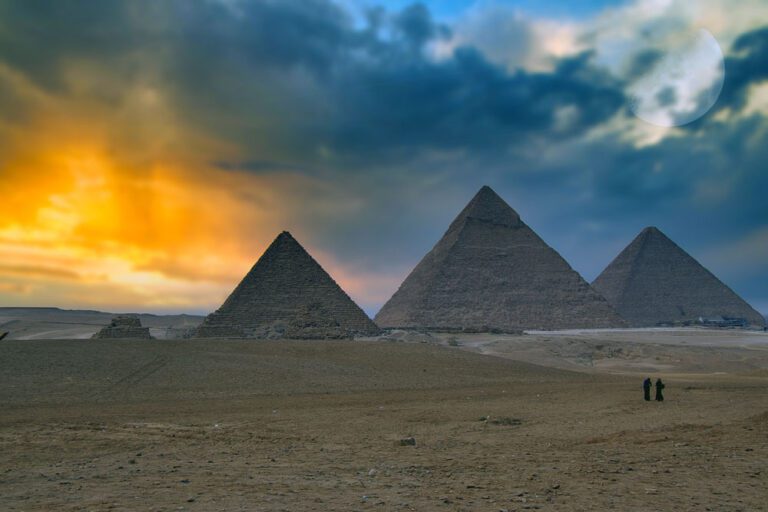Explore the Ancient Wonders of Luxor Temple
Last updated on June 26th, 2023 at 10:24 pm
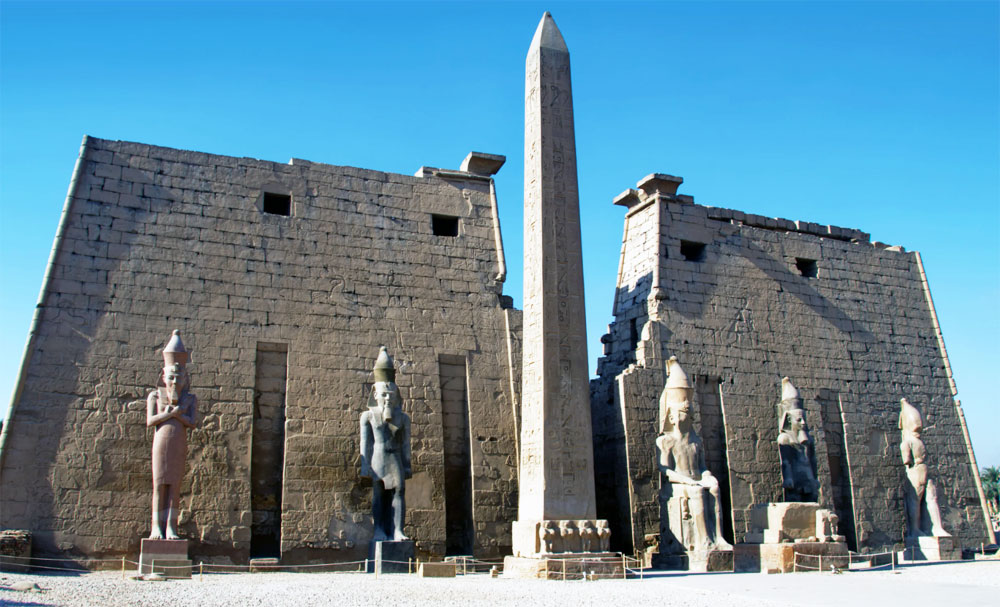
Have you ever heard of Luxor Temple? This ancient Egyptian wonder is one of the most impressive and important temples in all of Egypt. Built around 1400 BCE, the temple is a testament to the engineering and architectural feats of ancient Egypt.
Luxor Temple was dedicated to the Theban Triad, a group of three deities that were worshipped in Thebes (modern-day Luxor) during the New Kingdom period of ancient Egypt. The Theban Triad consisted of Amun, Mut, and Khonsu, and their temple was the center of religious life in Thebes for centuries.
Today, Luxor Temple remains an important part of Egyptian history and culture. It is a UNESCO World Heritage Site that attracts visitors from all over the world who come to explore its ancient wonders.
In this blog post, we’ll take a closer look at the history, architecture, and significance of Luxor Temple. Whether you’re a history buff or just someone looking for a unique travel destination, this post is for you. So, come along as we journey through the ages and explore the fascinating world of Luxor Temple.
History of Luxor Temple
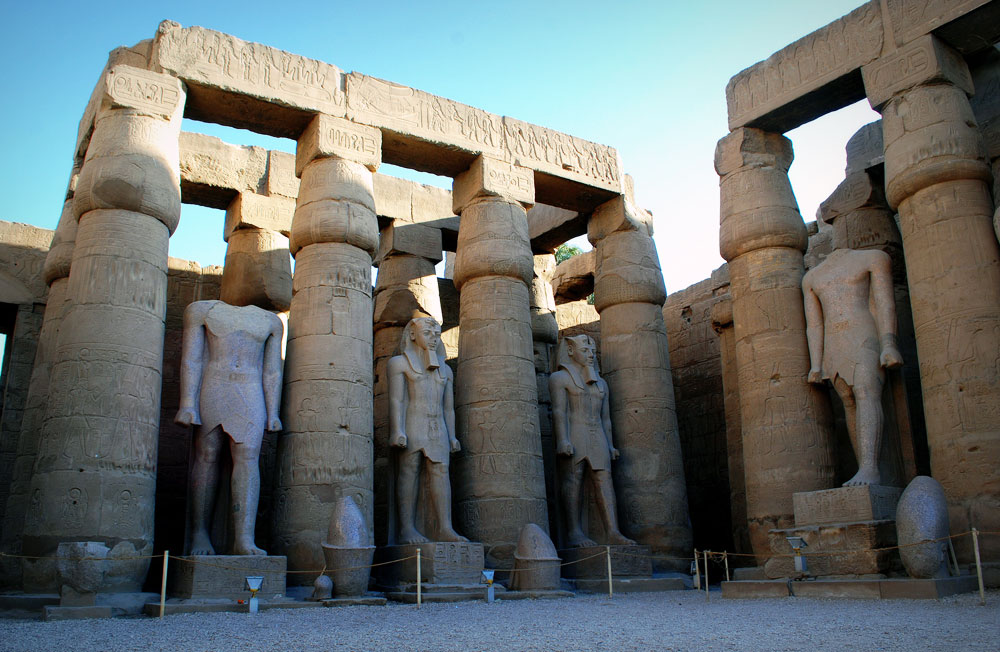
Origins and Construction
Luxor Temple was built over 3,000 years ago during the New Kingdom period of ancient Egypt. It was constructed by Amenhotep III, one of the most powerful pharaohs of the 18th dynasty. Amenhotep III dedicated the temple to the Theban Triad, which consisted of the gods Amun, Mut, and Khonsu. The temple was originally known as “ipet resyt,” which means “the southern sanctuary.”
Major Renovations and Additions
Over the centuries, Luxor Temple underwent several major renovations and additions. Ramses II, another powerful pharaoh, added several structures to the temple, including two massive statues of himself at the entrance. He also built a pylon, or large gate, with intricate carvings and hieroglyphs.
During the Christian era, Luxor Temple was converted into a church, and many of its original features were destroyed or covered up. Later, it was used as a quarry for building materials. It wasn’t until the 19th century that efforts were made to restore and preserve the temple.
Significance of Luxor Temple in Ancient Egypt
Luxor Temple was the center of religious life in ancient Thebes, and it played an important role in Egyptian mythology and culture. The temple was believed to be the place where the gods Amun, Mut, and Khonsu resided, and it was the site of many important religious festivals and rituals.
The temple was also considered a gateway to the afterlife, and it was believed that the spirits of the deceased would pass through Luxor Temple on their journey to the underworld. As such, the temple was a place of great importance to both the living and the dead.
Today, Luxor Temple stands as a testament to the ingenuity and skill of the ancient Egyptians. Its massive columns, intricate carvings, and rich history continue to awe and inspire visitors from around the world.
Architecture and Design
Layout and Features
Luxor Temple is an impressive example of ancient Egyptian architecture and design. The temple is laid out in a traditional Egyptian style, with a central axis running from the entrance to the sanctuary. The entrance to the temple is marked by a massive pylon, or gate, which is decorated with intricate carvings and hieroglyphs.
Beyond the pylon lies a large open court, which was used for religious ceremonies and festivals. Beyond the court, there is a hypostyle hall, which is made up of 32 massive columns, each standing over 20 meters tall. The hall was used for gatherings and religious ceremonies, and its columns are decorated with intricate carvings and hieroglyphs.
At the end of the central axis lies the sanctuary, which was the most sacred area of the temple. The sanctuary was where the statue of the god Amun was kept, and only the high priest was allowed to enter.
Structures and Buildings Within Luxor Temple
Luxor Temple is made up of several structures and buildings, each with its own unique features and design elements. Some of the most notable structures include the pylon, the open court, the hypostyle hall, and the sanctuary.
In addition to these structures, there are several smaller buildings and chapels within the temple complex. These buildings were used for various religious purposes, and many of them contain intricate carvings and decorations.
The Symbolism and Meaning Behind Luxor Temple’s Design Elements
The hypostyle hall, with its towering columns and intricate carvings, was meant to evoke a sense of awe and wonder in those who entered it. The carvings and hieroglyphs on the walls and columns of the hall depict scenes from Egyptian mythology and history, including battles, religious ceremonies, and the daily lives of the ancient Egyptians.
Overall, the architecture and design of Luxor Temple are a testament to the skill and creativity of the ancient Egyptians. Each structure and building within the temple complex has its own unique features and design elements, all of which combine to create a truly impressive and awe-inspiring architectural masterpiece.
Exploring Luxor Temple
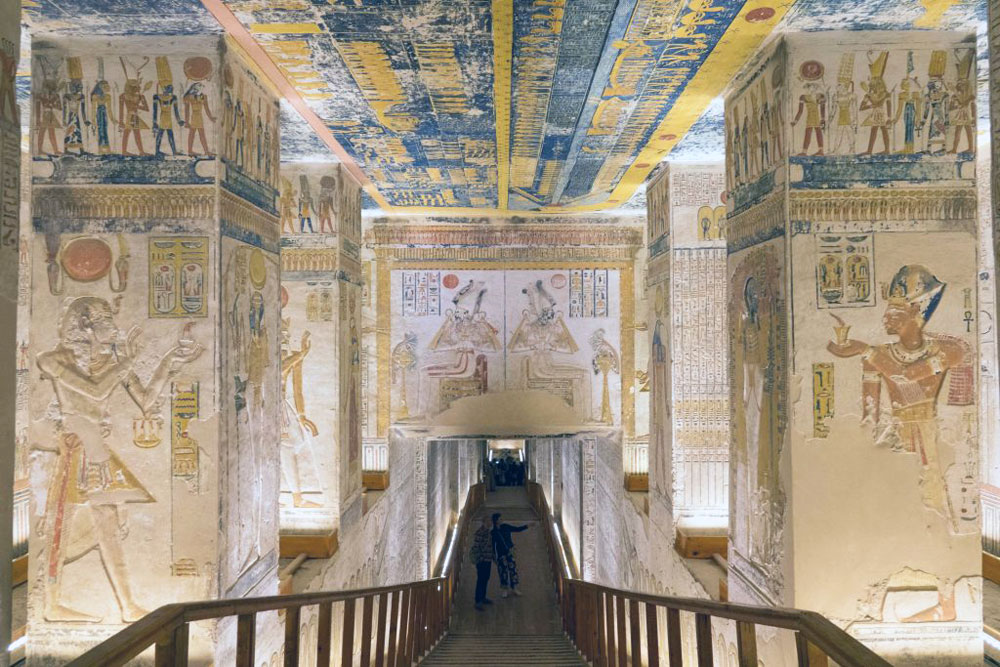
Tips for Visitors
Visiting Luxor Temple can be an amazing experience, but it’s important to come prepared. Be sure to wear comfortable shoes, as you will be doing a lot of walking, and bring plenty of water to stay hydrated in the desert heat.
It’s also a good idea to hire a guide who can explain the history and significance of the various structures and buildings within the temple complex. A guide can help you navigate the temple and point out interesting features and details that you might otherwise miss.
Highlights
A typical visit to Luxor Temple will take you through the various structures and buildings within the temple complex, each with its own unique features and design elements. Some of the highlights of a visit to Luxor Temple include:
Recommended Routes and Attractions
There are several different routes you can take when exploring Luxor Temple, depending on your interests and how much time you have. Some of the most recommended attractions within Luxor Temple include:
No matter which routes you choose or which attractions you visit, exploring Luxor Temple is an unforgettable experience that will transport you back in time to the ancient world of Egypt.
Significance of Luxor Temple Today
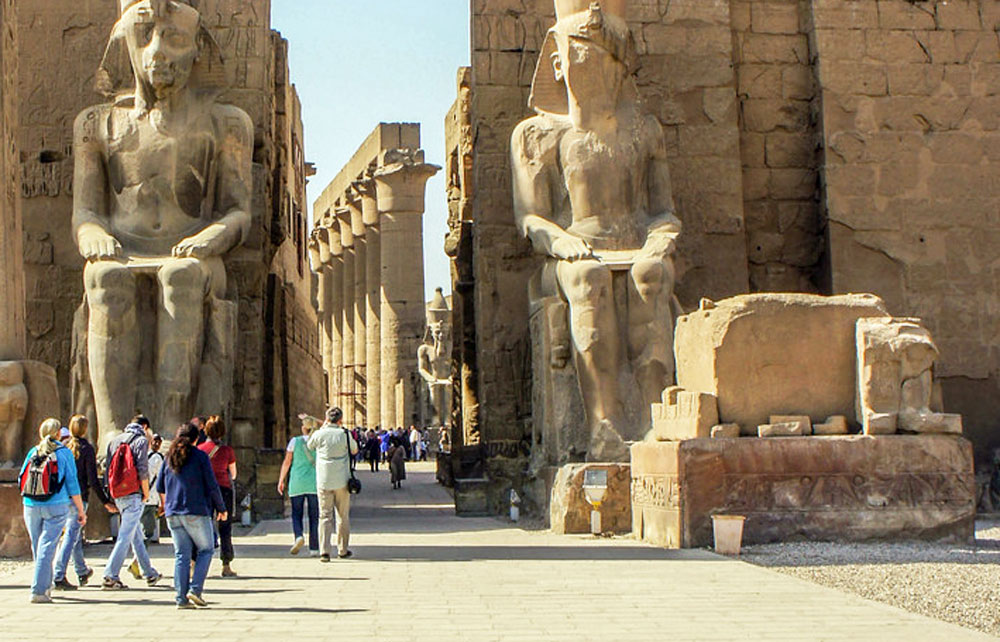
Impact on Egyptian Tourism
Luxor Temple is one of the most popular tourist attractions in Egypt, attracting millions of visitors from all over the world every year. The temple’s stunning architecture and rich history make it a must-see destination for anyone interested in ancient Egyptian culture.
The temple’s popularity has had a significant impact on Egyptian tourism, helping to generate revenue and provide jobs for local communities. Many hotels, restaurants, and souvenir shops have sprung up in the surrounding area, creating a vibrant and bustling tourism industry.
Role in Preserving Egyptian History and Culture
Luxor Temple is not only a popular tourist attraction, but also an important site for preserving and studying ancient Egyptian history and culture. Archaeologists and historians have been studying the temple for centuries, uncovering new insights and discoveries about life in ancient Egypt.
In recent years, the Egyptian government has taken steps to preserve and protect Luxor Temple, including implementing strict conservation measures to prevent damage to the temple’s structures and artifacts. These efforts ensure that future generations will be able to appreciate and learn from the temple’s rich cultural heritage.
The Temple’s Continuing Relevance in the Modern World
Despite being thousands of years old, Luxor Temple remains relevant and significant in the modern world. The temple’s stunning architecture and intricate design continue to inspire artists and architects around the world, and its rich history and cultural significance continue to captivate people of all ages and backgrounds.
Furthermore, the temple serves as a reminder of the enduring legacy of ancient Egyptian civilization and the contributions that this civilization made to human history. It also provides a glimpse into the beliefs, traditions, and way of life of the ancient Egyptians, helping us to better understand and appreciate the diversity and complexity of human culture.
In short, Luxor Temple is a timeless and invaluable treasure, one that will continue to inspire and fascinate people for generations to come.
Conclusion
In this blog post, we’ve explored the ancient wonders of Luxor Temple, one of the most impressive examples of ancient Egyptian architecture. We’ve learned about its origins, history, and significance in Egyptian culture as well as its continuing relevance in the modern world.
If you ever have the opportunity to visit Egypt, a visit to Luxor Temple is an absolute must. Walking through its towering columns, examining its intricate carvings, and marveling at its design is an experience you won’t forget. You’ll gain a deeper understanding and appreciation for the incredible achievements of the ancient Egyptians, and you’ll come away with a newfound respect for their culture and legacy.
In the end, the beauty and wonder of Luxor Temple can only be truly appreciated in person. No amount of reading or research can fully capture the majesty of this ancient site. So, if you have the chance, make sure to add Luxor Temple to your travel bucket list. You won’t be disappointed! And even if you can’t visit in person, the history, significance, and enduring legacy of Luxor Temple are worth exploring and appreciating from afar.
In conclusion, Luxor Temple is a testament to the incredible achievements of the ancient Egyptians, and it continues to inspire and awe visitors from all over the world. Its history and significance make it a must-see destination for anyone interested in history, culture, or architecture. So, whether you’re planning a trip to Egypt or simply interested in learning more about this remarkable site, Luxor Temple is an ancient wonder that’s definitely worth exploring.






